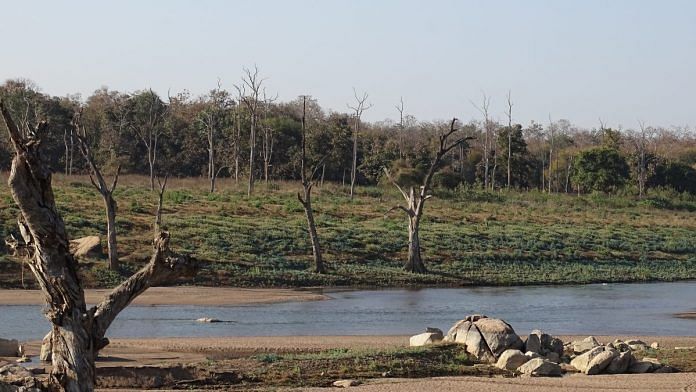In the Pench forests, tigers are jostling for space. In Pench Maharashtra, a cub was killed and eaten by an adult tiger in Deolapar. In Pench Madhya Pradesh, the famous ‘collarwali’ tigress gave birth to her eighth litter of quadruplets at the start of 2019. Soon after, a tiger killed and devoured another in the same park.
So, what’s turning the tigers in Pench against each other? The vast 1,921 sq. km forest is being managed by two states, in two different styles.
The forests, which inspired Rudyard Kipling to write Jungle Book, has been sliced by the Maharashtra-Madhya Pradesh interstate boundary that creates an artificial divide for the wildlife.

With increasing tiger numbers, smaller tiger reserves are becoming stressful for animals who are territorial and meant to roam over large expanses. It makes more sense to manage contiguous forests as a single unit, than force our boundaries on nature.
The Pench forest in Madhya Pradesh covers an area of 1180 sq. km, including 411 sq.km of the core area. Whereas, the Pench forest in Maharashtra spreads across 741 sq. km, inclusive of 257 sq. km core area.
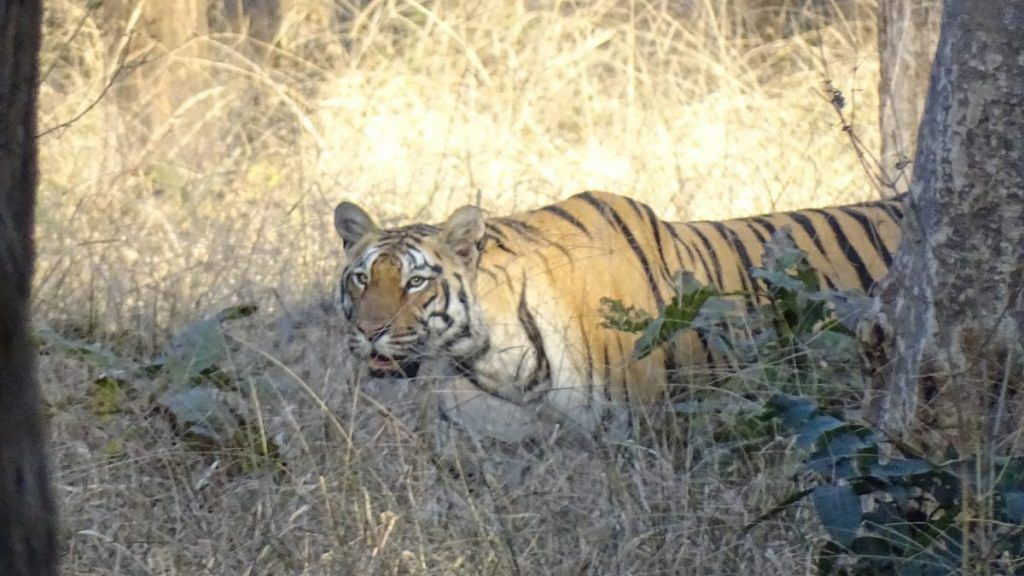
Also read: Don’t celebrate jump in tiger numbers just yet. All is still not well with big cat’s health
Administrative problems
Two relatively different models of forest management are implemented in what is essentially a single, contiguous patch of forest.
The forest department staff of Maharashtra have no jurisdiction over the landscape in Madhya Pradesh and vice versa. So, the two tiger reserves are often unable to complement the larger goal of integrated landscape management.
Although the pay scales of the forest staff in both states are similar, the field director of Pench in Maharashtra has to manage a few other national parks and wildlife sanctuaries in Vidarbha, which come under the Pench project in the state, whereas, the field director of Pench in Madhya Pradesh has to manage only the Pench forest.

Different economic models
The economic model for forest management also differs in the two states. Maharashtra allocates more funds through its flagship Shyamaprasad Jan-Van Vikas Yojana, providing Rs 25 lakh to selected forest fringe villages for human-wildlife conflict mitigation and economic progress of the villagers. Such schemes do not exist in the Pench tiger reserve in Madhya Pradesh.
Under the Yojana, Maharashtra provides LPG cylinders to people living in and around the forest to reduce fuelwood consumption. This also means the state can provide solar or chain-link fencing to farmers to save their crops from herbivores – reducing human-wildlife conflict to a great extent.
Pench in Madhya Pradesh is divided into Seoni and Chhindwara district, which leads to unequal allocation of funds from the agriculture, animal husbandry and the tribal departments for the villagers, the majority of whom belong to the Gond tribe.
With state-specific management, the disbursement of monetary compensation for cattle predation and crop damage also differs. In Madhya Pradesh, compensation is processed through the revenue department, an exercise considered to be tricky by most locals, whereas, in Maharashtra, the forest department pays the compensation directly, making it slightly easier to address human-wildlife conflict.
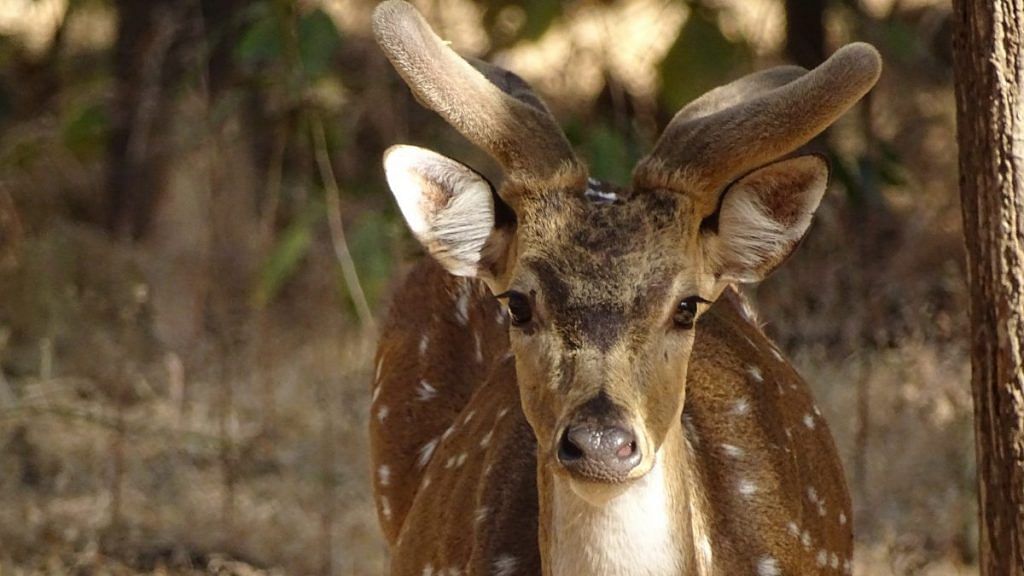
Also read: To protect India’s elephants, we have to preserve wildlife corridors not just forests
Geographical boundaries
The Pench river that flows from north to south creates a rugged geographical boundary that has come as a blessing for poachers who use the river’s location to escape officials on both sides.
Joint patrols of the two state forest departments, on foot, in vehicles and in boats in the Totladoh reservoir is a common exercise after illegal fishing started there some 15 years ago. But offenders often manage to cross the interstate boundary and escape. This has been the primary challenge of Pench officials.
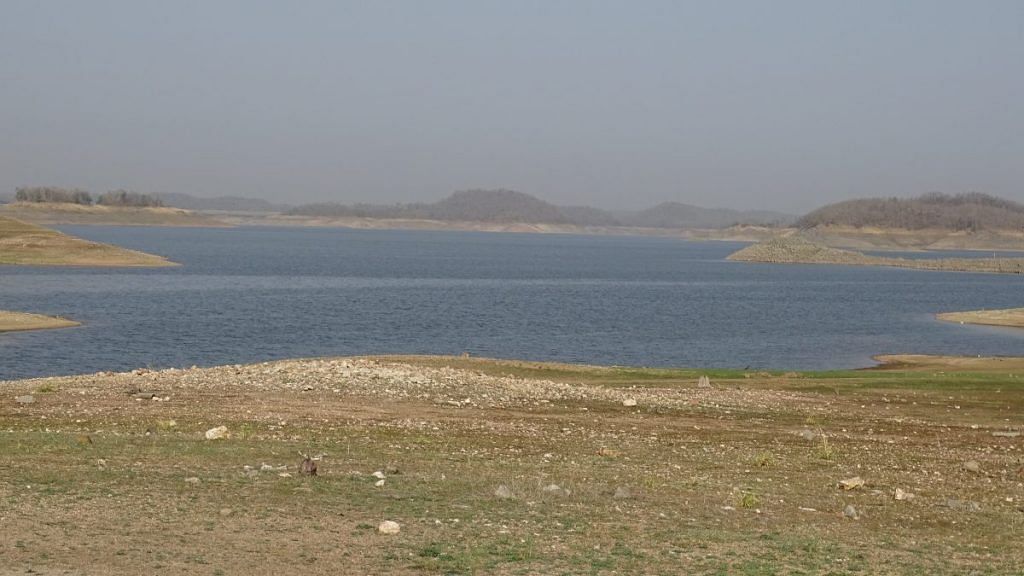
Illegal fishing, which has been more or less curtailed on the Maharashtra side of Pench due to strict vigilance, continues in Madhya Pradesh.
Then there are geographical oddities like the Ghatpendri village, which on paper lies in Maharashtra, but in reality, is surrounded by the core area of Maharashtra Pench from three sides and the buffer zone of Pench Madhya Pradesh on one side. It gets its electricity from Madhya Pradesh and its proximity to the town of Khamarpani in Madhya Pradesh compels villagers to visit it for their daily needs. Problems arise when they have to go to the taluka headquarters of Parshivni in Maharashtra, crossing dense core forests in order to avail government services. The villagers are stuck in a no man’s land with little certainty.
Wild animals know nothing of these complexities or rules, and roam free and cross over from one side to other as and when they wish. In the past, having two separate administrations has proved to be torturous for them as well, especially when it comes to compensation schemes for wildlife depredation.
If compensation is not adequate or delayed, there is a greater threat of retaliatory killing of wildlife by the victim. These are mostly poor villagers who lose their livestock or agricultural produce. There have been instances of this in both Maharashtra and Madhya Pradesh. Animals often cross over to territorial forests outside the tiger reserves, which can turn fatal for them because the staff in territorial forests are not oriented towards wildlife management, like the staff in tiger reserves are.

Also read: Kaziranga needs to flood to survive, real problem is roads & hotels in animal escape path
Water tussles
Additionally, tussle over water rights between Madhya Pradesh and Maharashtra affects people and wildlife alike. The recently built Chaurai dam in Madhya Pradesh creates water shortage during summers in Totladoh dam and in the Kamthikhairy dam in Maharashtra, just outside Pench.
The situation turns more precarious during monsoons because there is flooding in villages like Kolitmara and Kirangi Sarra because of the excess water released from the first two dams. Now, the irrigation colony inside Pench Maharashtra, occupied by Madhya Pradesh State Electricity Board staff, has been ordered to move out of the tiger reserve.
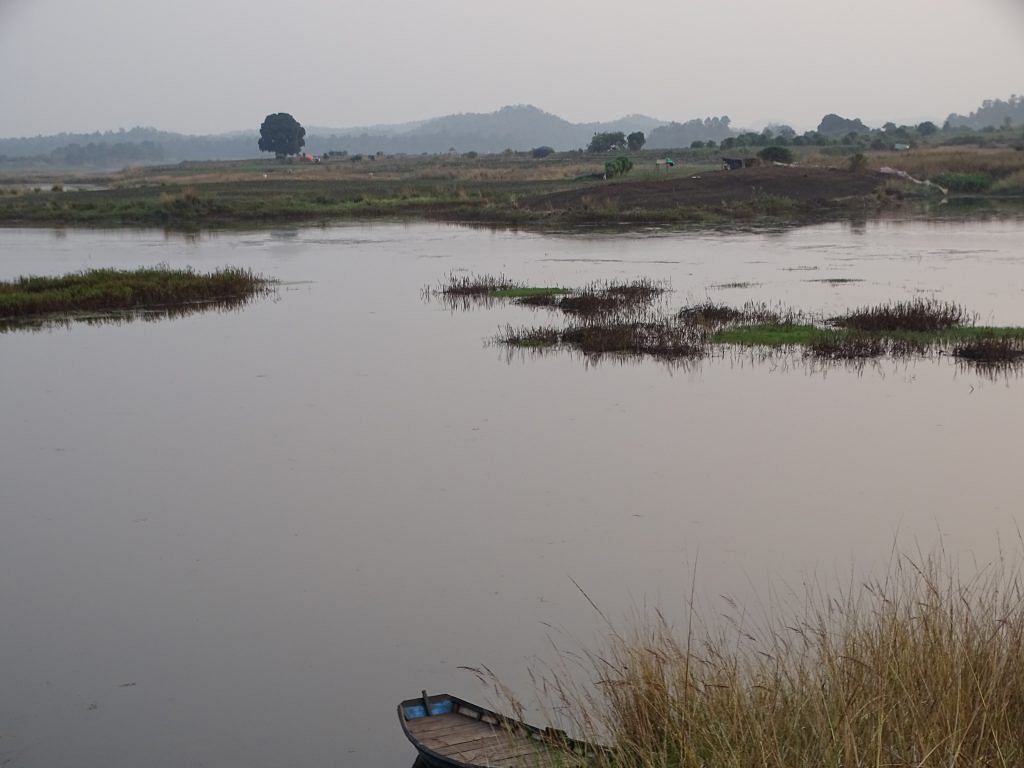
Way forward
Pench isn’t the only case of a forest caught between two states. Several other forests in India suffer the same fate. Sanjay National Park is caught between Chhattisgarh and Madhya Pradesh. The Nagarjunsagar-Srisailam Tiger Reserve is caught between Andhra Pradesh and Telangana, after the bifurcation of the state. Bandipur Tiger Reserve and National Park is caught between Karnataka and Tamil Nadu. The contiguous stretches of Bandipur-Mudumalai and BRT-Sathyamangalam are caught between Karnataka and Tamil Nadu.
The government must devise solutions to manage forests like the Pench as one single entity.
This is not a pipe dream. The Man and Biodiversity programme of UNESCO has integrated various land uses under different state governments and successfully showcased that government departments can co-exist together for the larger welfare of people and wildlife, for example in the Nilgiri, Agastyamalai and Achanakmar-Amarkatak biosphere reserves. Perhaps, an even more radical solution is on the cards where forests like the Pench are managed under a common wildlife management unit, centrally managed and funded directly by agencies like the National Tiger Conservation Authority.
Abhijit Dutta has worked on community-based conservation in the Central Indian Landscape. He is now associated with the Nature Conservation Foundation and works in the high altitudes. Kunal Sharma has more than 15 years of experience in the field of ecotourism, forestry and conservation. Views are personal.



